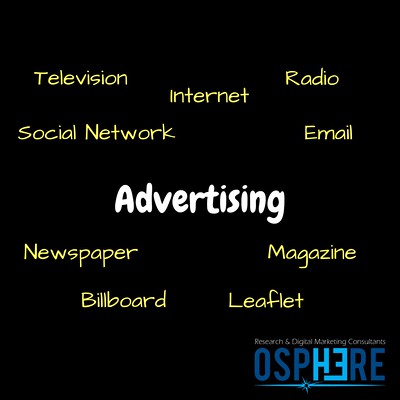
We live in a world where visual information has reigning power. It is the fastest way to register a piece of information and make sure it sticks. No wonder that in the business world, visual ads are still going strong since they first appeared back in the 16th century. Back when an ad was all but a paragraph or two featured in a black and white newspaper. Fast forward to our current times, the visuals have evolved into high-resolution digital ads displayed on gigantic screens in the busiest squares around the world. Companies are going to extreme measures and paying millions of dollars to make sure many people are seeing their ads.
The more catchy and controversial the ad are, the higher the chance people are going to notice the product, talk about it, and give it a try out of curiosity. It all comes down to how companies are using powerful visuals in their advertising.
Read on to further understand the importance of visuals in advertising:
A Picture Is Worth A Thousand Words

Apologies to all the dreamers of the world, but this saying cannot be any truer. The use of colors, fonts, and pictures can be very powerful in conveying a message without even using a single word. However, this is not an easy feat. Professional photographers go through great extents to make sure their photos “speak” for themselves. Creative photographers at Parker Photographic explain how the only way to achieve your creative vision is by using the different photography tools and resources. Even the most talented photographers need to manipulate their photos in order to make them more powerful and expressive. And this is exactly what advertisers are looking for: imagery that is strong enough to do the talking for their product and make the audience stop and take note.
The Small Window To Make An Impact
The attention span of the audience is growing smaller day after day. As an advertiser, you have a very limited window through which you get to inform your target audience about your product and hope you influence them enough to go out there and make a purchase. The average person is bombarded by ads at least ten times a day. You will need to make sure that your ad somehow stands out and your target audience does not sift it through as fleeting information. You need to use supporting visuals in a coherent manner to come up with a meaningful and effective ad. Take fast-food chains, for example; how many times have you found yourself queuing in the drive-thru on your way home after spending a good 15 minutes stuck in traffic with a mouthwatering burger sandwich billboard staring you in the face? That is because a combo of bright colors and a few words about how you need to have this burger now are more than enough to have you “sold”.
Images Provoke Feelings
Pictures have the ability to change your mood and elicit all sorts of feelings. Many people claim that looking at peaceful images of nature or a smiling baby can induce a feeling of calmness and happiness. Visuals enable advertisers to influence people and provoke whatever feelings they want them to feel in a fast and easy manner. A real estate company advertising their newest beachfront properties would want their potential clients to associate them with a feeling of serenity and joy. By using beautiful, calming visuals, they will be able to stir up such feelings and so people will be more likely to take action accordingly. This is easier said than done, though, since many ad campaigns have failed drastically due to misinterpretations and bad-timings. It is very important to run the needful research to confirm the efficiency of the ads before rushing into the market and risking irreparable reputation damage.
Visual Content Has More Reach
With everyone walking around with their smartphones, the visuals have a bigger chance than ever to reach a huge audience with little to no effort. Thousands of people can see social media posts and pop up ads all at the same time. The fact that people are “connected” all the time is giving even more power to visuals. Advertisers have learned how to play this fact to their benefits by making their messages simple and universal appeal to everyone, regardless of any geographical or language barriers.
The visuals are more relatable than ever before. When they’re used right, they can be an advertiser’s most important tool. By understanding the trends and what the target audience is most drawn to at the time, an advertisement can be enough to breathe life back into a dying product. It could be as simple as upgrading images and updating the language to become more visible and reachable.
